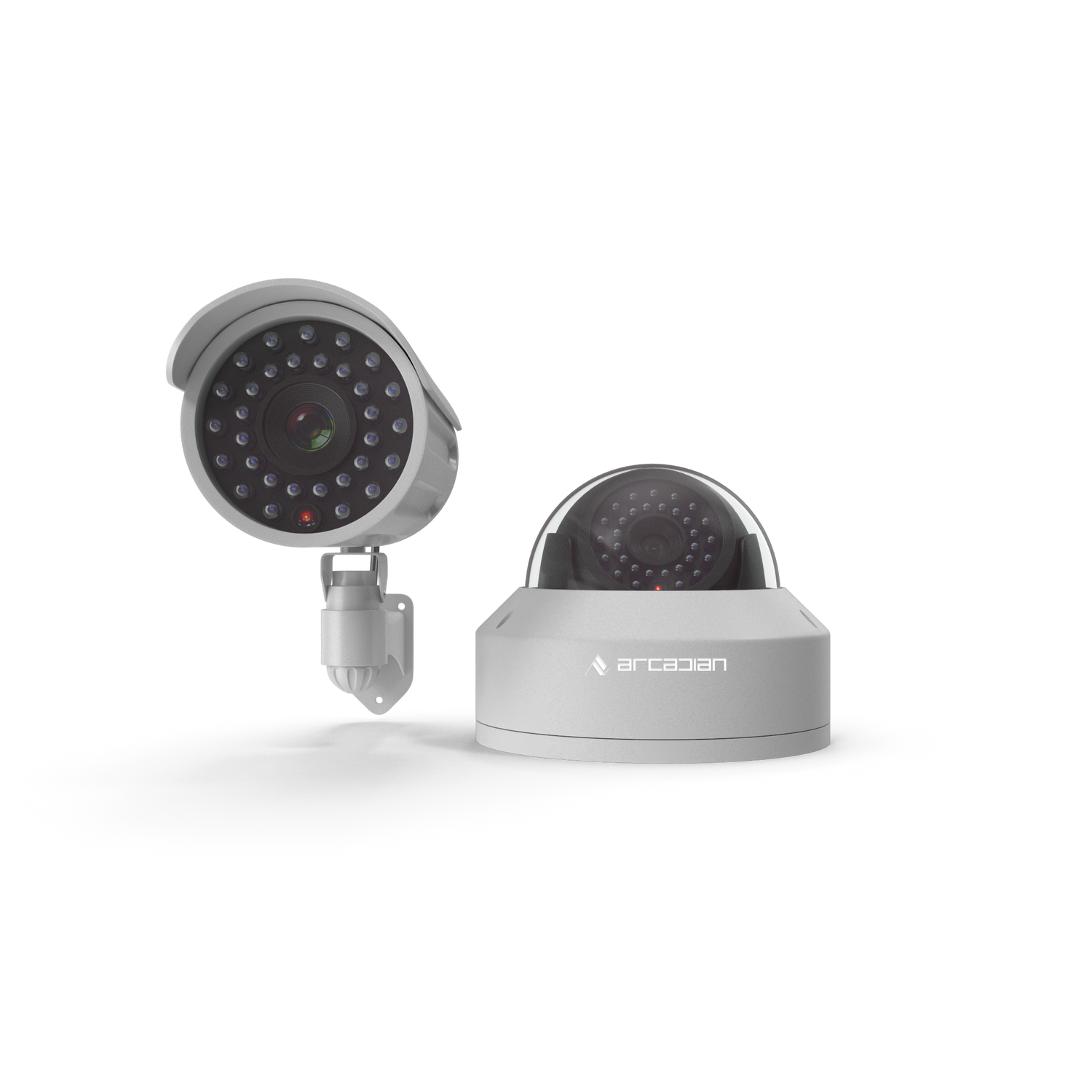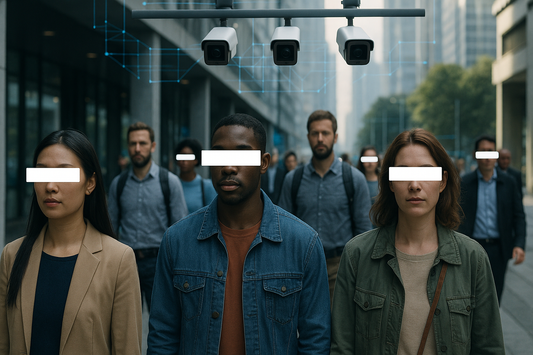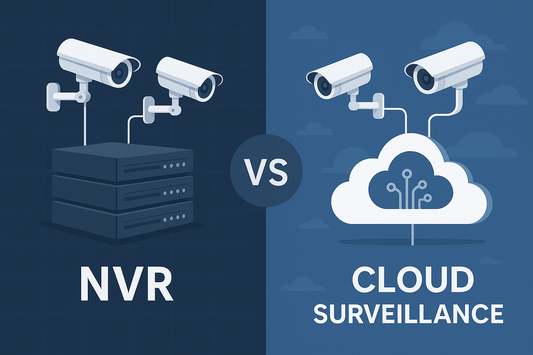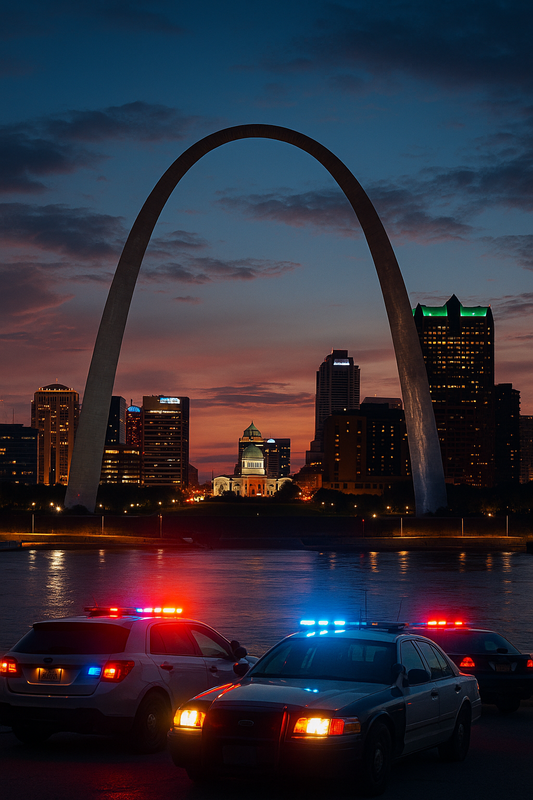Why Liquor Stores Are the #1 Target for Theft in North America (2025 Edition)
Liquor stores have quietly become the easiest prey for criminals in North America. The numbers are staggering — and the industry’s outdated security playbook is failing.
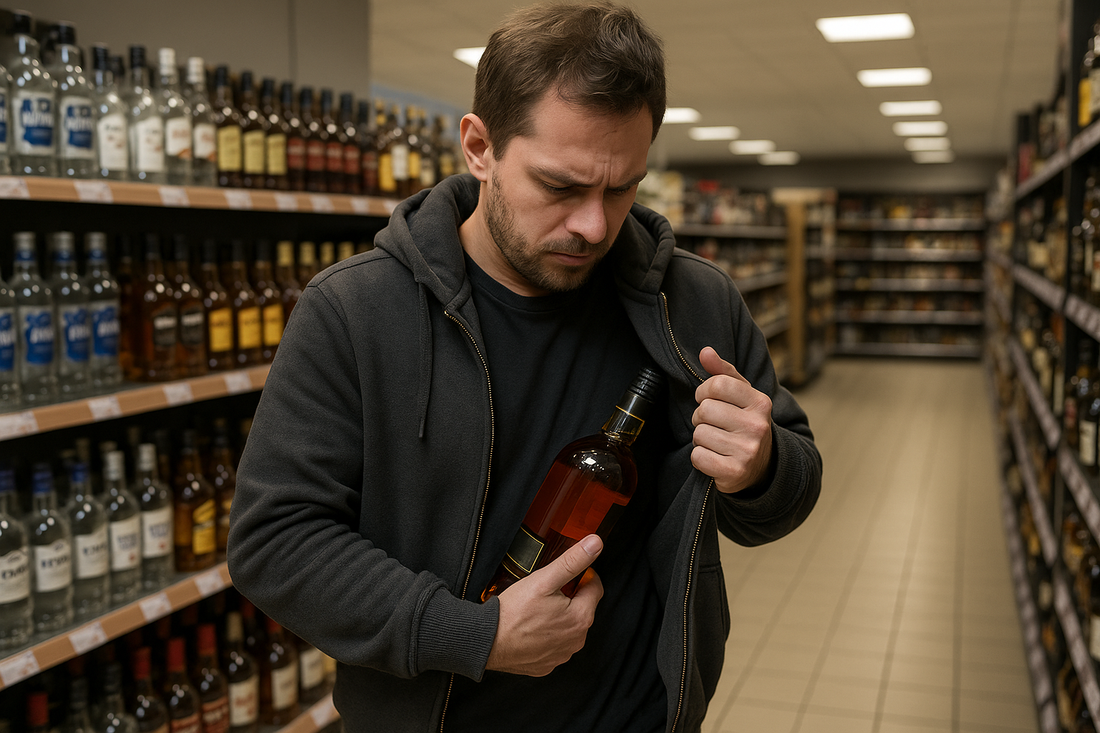
Introduction
Liquor stores are under siege. In the first half of 2024 alone, Virginia ABC stores reported $808,371 worth of alcohol stolen — a 50% jump over the year before. In Ontario, the LCBO lost more than $5.1 million in theft in a single year. In Edmonton, thefts skyrocketed from just 488 incidents in 2015 to nearly 9,600 in 2019.
ArcadianAI believes these numbers expose a truth the industry refuses to face: liquor stores are the number one target for theft in North America, and legacy security is failing. Competitors like Verkada, Eagle Eye Networks, Genetec, and Milestone promise visibility, but they mostly deliver archives of crimes after they’ve happened.
The reality? Shoplifters, organized retail crime crews, and even employees are exploiting the cracks in liquor store security systems daily. Cameras record, tags get bypassed, and staff are told not to intervene. The result: billions in losses, shaken communities, and a business model under attack.
This post explains why liquor stores have become criminals’ favorite target, how big brands and regulators are responding, and why static, camera-centric systems are doomed. Finally, we’ll show how ArcadianAI Ranger flips the script — detecting suspicious behaviors before the bottle leaves the shelf.
Quick Summary / Key Takeaways
-
Liquor theft has surged 90%+ since 2019.
-
Premium bottles (tequila, cognac, whisky) are prime targets.
-
Organized retail crime (ORC) exploits blind spots in liquor retail.
-
LCBO, SAQ, and Virginia ABC face millions in annual losses.
-
ArcadianAI Ranger predicts theft before checkout.
Background & Relevance
Why now?
-
Shoplifting up 66% in Canada between 2014–2024 (StatsCan).
-
ORC costs U.S. retailers $112B annually (NRF, 2023).
-
Alcohol is high-value, low-volume, and easily resold.
Liquor stores combine everything criminals love: small packaging, high margins, weak confrontation policies, and huge demand on the secondary market. Combine that with underfunded staff and outdated systems, and it’s no wonder theft is surging.
Core Topic Exploration
Why Are Liquor Stores the #1 Target?
-
High Value per Unit
A single bottle of premium tequila or cognac can retail for $200–$400. Thieves don’t need a cart — just a coat pocket. -
Resale Market Demand
Alcohol is easy to flip at bars, parties, or online marketplaces. No serial numbers, no traceability. -
Weak Intervention Policies
LCBO staff in Ontario, for example, are instructed not to physically confront thieves. For criminals, this is an open invitation. -
Organized Retail Crime Crews
Gangs hit multiple stores in a single night, using distraction and foil-lined bags to bypass tags. -
Internal Theft
Employees mis-scan bottles, skim registers, or fake returns. Studies show up to 30% of retail shrink is internal.
The Rise of Organized Retail Crime in Alcohol
-
Virginia ABC case: One Norfolk store saw 115 thefts in six months.
-
Edmonton: Crews stole daily, sometimes multiple times per day, until police and retailers piloted AI-enabled deterrents.
-
LCBO: Repeat offenders openly walk out with cases of liquor, knowing staff can’t intervene.
Reverse Psychology Truth: By refusing to confront thieves or invest in adaptive tech, liquor retailers are effectively training criminals to come back.
Premium Brands: The Criminal’s Shopping List
Top stolen products:
-
Hennessy VS Cognac
-
Don Julio & Patron Tequila
-
Crown Royal Whisky
-
Grey Goose Vodka
Why? These brands are status symbols, resell quickly, and are often displayed in open shelving.
ArcadianAI Ranger detects the subtle behaviors before theft happens — lingering too long at premium displays, tampering with bottle locks, or concealing movements.
Competitor Shortcomings
-
Verkada → Proprietary hardware lock-in, cameras record thefts but can’t stop them.
-
Genetec & Milestone → Powerful VMS, but reactive. Reviewing footage after a loss is not prevention.
-
Eagle Eye Networks → Cloud-native, but still video-first. Alerts are limited, false alarms high.
-
Rhombus & Nest → Good for small retail, but lack ORC-level analytics.
ArcadianAI Difference: Behavior-based detection across any camera. No lock-in. Real-time alerts that adapt.
Canadian Case Study: Edmonton’s 93% Theft Reduction
-
Edmonton police & retailers piloted anti-theft + surveillance improvements.
-
Theft-related events dropped from 788 to just 52 incidents across three stores.
-
Savings: $82,000 in liquor preserved.
This proves adaptive prevention works. ArcadianAI Ranger extends that pilot concept with AI-driven alerts that scale across hundreds of stores.
Comparisons & Use Cases
Table: Static Security vs. Adaptive AI in Liquor Retail
| Challenge | Legacy Approach (NVR/VMS) | ArcadianAI Ranger (Adaptive AI) |
|---|---|---|
| Shoplifting Detection | Record only, review later | Real-time behavioral alerts |
| ORC Identification | Manual review, slow sharing | AI flags repeat offenders across locations |
| Employee Theft | Missed by cameras | POS + AI anomaly detection |
| Premium Bottle Protection | Locked cases (hurts CX) | Ranger alerts on tampering/concealment |
| Staff Safety | Staff told not to engage | AI alerts monitoring team, not front-line |
| ROI | Costs increase, shrink persists | Theft prevention ROI measurable in weeks |
Use Cases
-
Provincial Boards (LCBO, SAQ, BCLDB): Ranger integrates with existing cameras, detecting theft without requiring staff confrontation.
-
Independent Liquor Stores: Affordable cloud-based AI, no need for proprietary hardware.
-
Premium Wine Shops: Detect bottle tampering, protect margins on luxury products.
-
Wholesalers & Warehouses: AI-driven audit of pallet movement, detecting internal shrink.
Common Questions (FAQ)
Q1: Why are liquor stores more targeted than grocery stores?
Because liquor is high-value, small, and resells easily — perfect for shoplifters and ORC.
Q2: What brands are most often stolen?
Hennessy, Patron, Don Julio, Crown Royal, and Grey Goose rank consistently at the top.
Q3: Why can’t staff intervene?
In Canada, LCBO and others instruct staff not to confront thieves due to liability and safety risks.
Q4: Do cameras alone prevent theft?
No. Cameras record evidence, but most thieves know footage won’t stop them. AI is needed for prevention.
Q5: How does ArcadianAI Ranger reduce theft?
By detecting suspicious behaviors in real-time — before the bottle leaves the store.
Conclusion & CTA
Liquor stores are officially the easiest target for crime in North America. The stats are brutal, the resale markets booming, and the old tools — cameras, tags, locked cases — are failing.
It’s time for adaptive, real-time protection. ArcadianAI Ranger offers exactly that: behavior-based alerts, integration with any camera, and ROI that can cut theft by 90%+.
See ArcadianAI in Action →
Security Glossary (2025 Edition)
-
Alcohol Retail Shrink — Loss of inventory due to theft, fraud, or error in liquor stores.
-
ArcadianAI Ranger — Adaptive AI surveillance assistant detecting behaviors, not just motion.
-
Bottle Lock — Security device clamped onto liquor bottle necks to deter theft.
-
EAS (Electronic Article Surveillance) — Anti-theft system using tags and gates.
-
Employee Theft — Internal shrink via mis-scanning, skimming, or unauthorized discounts.
-
LCBO (Liquor Control Board of Ontario) — Ontario’s provincial alcohol retailer, heavily targeted for theft.
-
NVR (Network Video Recorder) — Legacy system for storing surveillance video, not real-time AI.
-
ORC (Organized Retail Crime) — Coordinated groups stealing goods for resale.
-
POS (Point of Sale) — Checkout system; often linked to fraud or mis-scanning losses.
-
Premium Spirits — High-value liquors (e.g., tequila, cognac, whisky) targeted by thieves.
-
Privacy Laws (PIPEDA) — Canadian data regulations governing use of surveillance video.
-
SAQ (Société des alcools du Québec) — Quebec’s provincial alcohol retailer, facing similar theft challenges.
-
Shrinkage — Inventory loss from theft, fraud, or errors.
-
Static Surveillance — Legacy CCTV or VMS that records but doesn’t prevent theft.
-
Video Analytics — AI systems that analyze surveillance footage in real time.
-
VSaaS (Video Surveillance as a Service) — Cloud-based video monitoring platforms like Verkada or Eagle Eye.

Security is like insurance—until you need it, you don’t think about it.
But when something goes wrong? Break-ins, theft, liability claims—suddenly, it’s all you think about.
ArcadianAI upgrades your security to the AI era—no new hardware, no sky-high costs, just smart protection that works.
→ Stop security incidents before they happen
→ Cut security costs without cutting corners
→ Run your business without the worry
Because the best security isn’t reactive—it’s proactive.
